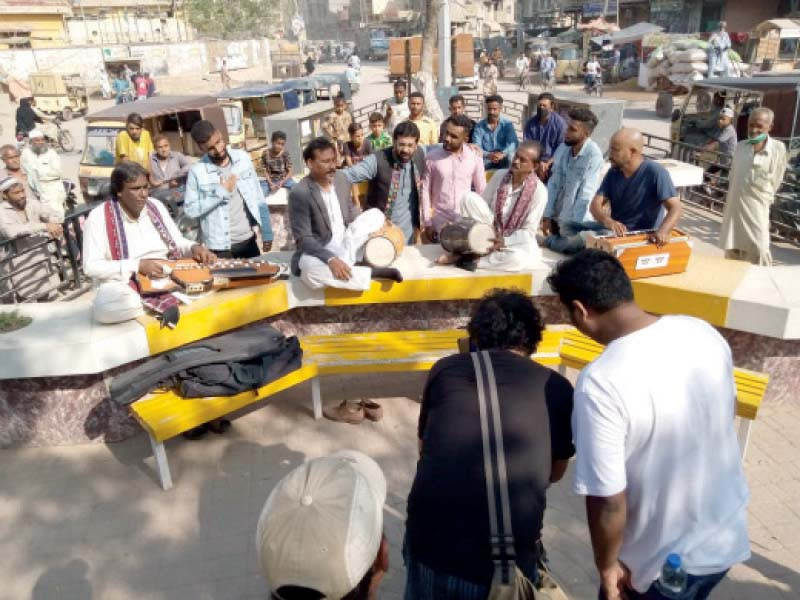
Karachi, a city that is at once home and hostile to its residents, will beat you down each day as you navigate through its choked arteries, dodge the many diseases simmering in its open sewers and polluted air, adapt to power and gas outages and acclimatise to myriad problems that years of neglect have bred. It takes a spirited soul to survive this city and it is the spirits of it residents that Braadri Broadcast - a band of local and ethnic musicians - captures in its odes to six localities of the metropolis.
Nawabad, Chakiwara, Paposh Nagar, Saeedabad, Shireen Jinnah and Pehlwan Goth- the second season of Braadri Broadcast pays homage to the unique blend of city life that each of these localities offers.
In six melodious tunes, its musicians stitch together narratives of harmony, peace and brotherhood.
Read: Music, art, literature in spotlight
Celebrating diversity
Tootay thay jis hadse main, ussi ne milaya humein [The calamity that afflicted us is the one that unites us] begins the song dedicated to Saeedabad.
It alludes to the tragedy of the Baldia factory fire that claimed the lives of 264 workers. It also alludes to the many ethnic and sectarian strifes that the city has seen for long.
Sung in Urdu by Syed Asad Ali, the song stands as a testament to the locality's - and by extension, Karachi's - diversity.
The Sindhis, Muhajirs and Hazaras are us
The Punjabis and Pakhtuns are dear to us
This fortress and its gates belong to us...translates the second verse of the song.
Saeedabad is truly representative of the port city, says Zaheer Zarf, the spokesperson for Braadri Broadcast. "All ethnic groups live in this area."
In another song, titled 'Let's go to Chakiwara', singers Sohail Baloch, Babar Ali, Adil Baloch, Asim Baloch and Eva B have sought to align the past and present of the area through their music.
"This tune is sung in Balochi because it is native to the majority of the residents here," says Zarf, adding that the artists have tried to connect people. "Everyone likes the idea. This is their own song. Their own emotions and feelings."
All six songs have been sung in different languages depicting the diverse shades of each locality. While the first season of the group, launched four years ago, featured 10 tunes sung in the four provincial languages and one national language, the second season offers a blend of languages - characteristic of the cosmopolitan city.
The track dedicated to Pehlwan Goth, for instance, has Alia Khan and Dilnasheen crooning in Pashto and Punjabi, the two languages spoken by most of the local residents. The first verse of the song begins with a call to the power of love.
Let us embrace the power of love and gather
Let us make time itself beautiful let us stand by those vows
And expand the ministry of love...begins the song.
After weaving a narrative of freedom, purity and kinship, the last verse of the song reminds us that the woes that plague the metropolis envelope us all and it is love that makes life bearable:
...This is the famous Dubai Chowk, with its broken roads
Bhittiabad is also a lovely place, but the playgrounds have closed down
However, love is still to be found here
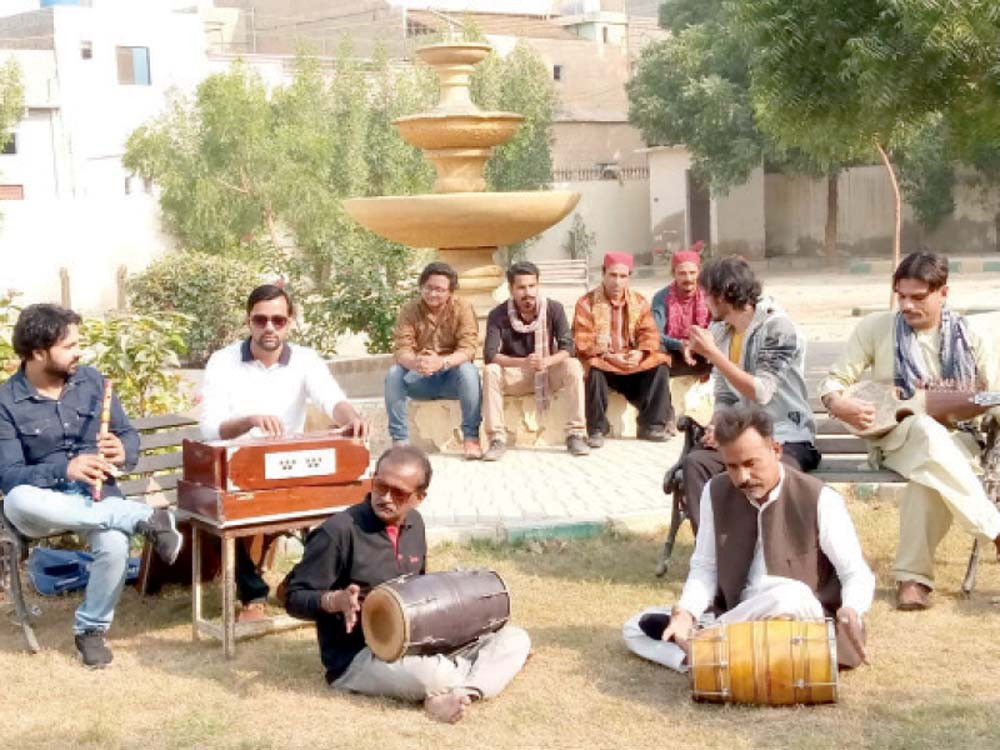
Thought behind the tunes
Elaborating on the odes to Chakiwara and Pehlwan Goth, Zarf says this is a different kind of approach to highlight the real issues of any area. Through these songs and their respective videos, Braadri Broadcast aims to highlight infrastructural issues that mar life in the metropolis as well as the resilience of its residents, he adds.
Besides, as Zarf highlights, there is more to the residents of these localities than their resilience.
For instance, he says, "People have not forgotten the bad memories of the gang war but they know sports was their identity in the past and we have tried to remind them [of it] through music".
The six localities were chosen for their cultural diversity, shares Zarf. Before the composition of any song, him and his team conducted surveys focused on the demographic, health and education facilities and infrastructural issues of each area. Along with interfaith harmony, the group aimed to depict life as it is on the streets of these localities. "We have tried to focus on the major issues of [each] area."
The odes to Paposh Nagar and Shireen Jinnah are sung in Urdu and Sindhi, respectively, reflecting the demographics of both these localities.
Along with the local languages, the compositions have also relied solely on local instruments.
Also read: Sindh lost and (being) found
Moreover, while the second season of the group seeks to amplify the different communities of the city and stresses on interfaith harmony, it also recognises that not every voice is accorded the power to be heard and some communities live through their pain more silently than others.
...sab ke mun main hai zabaan, koi bolay tou kahan [everyone has a tongue, but where do they speak] goes a line in the ode to Paposh Nagar. The song highlights that the area is rich in resources but also entrapped in adversities.
Karachi, however, envelops and consumes everyone who comes here. And each one is invited to take a pause and let the ocean and its winds sweep away their troubles. The metropolis is, as the ode to Nawabad, sung in Sindhi begins:
Aik dil tha jo samandar ki tarah waseeh hai, jo sab ke leay khula hai [A heart with a likeness to the ocean, open and welcoming to all].
Published in The Express Tribune, March 24th, 2021.




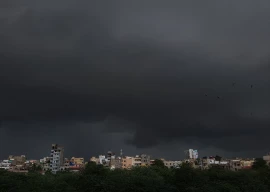

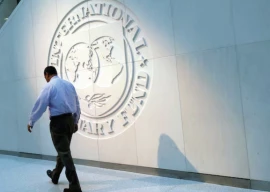

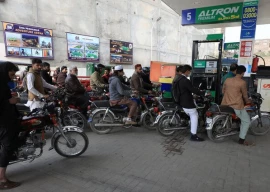



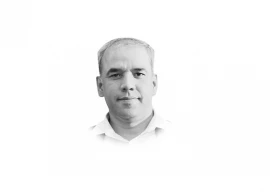


COMMENTS
Comments are moderated and generally will be posted if they are on-topic and not abusive.
For more information, please see our Comments FAQ